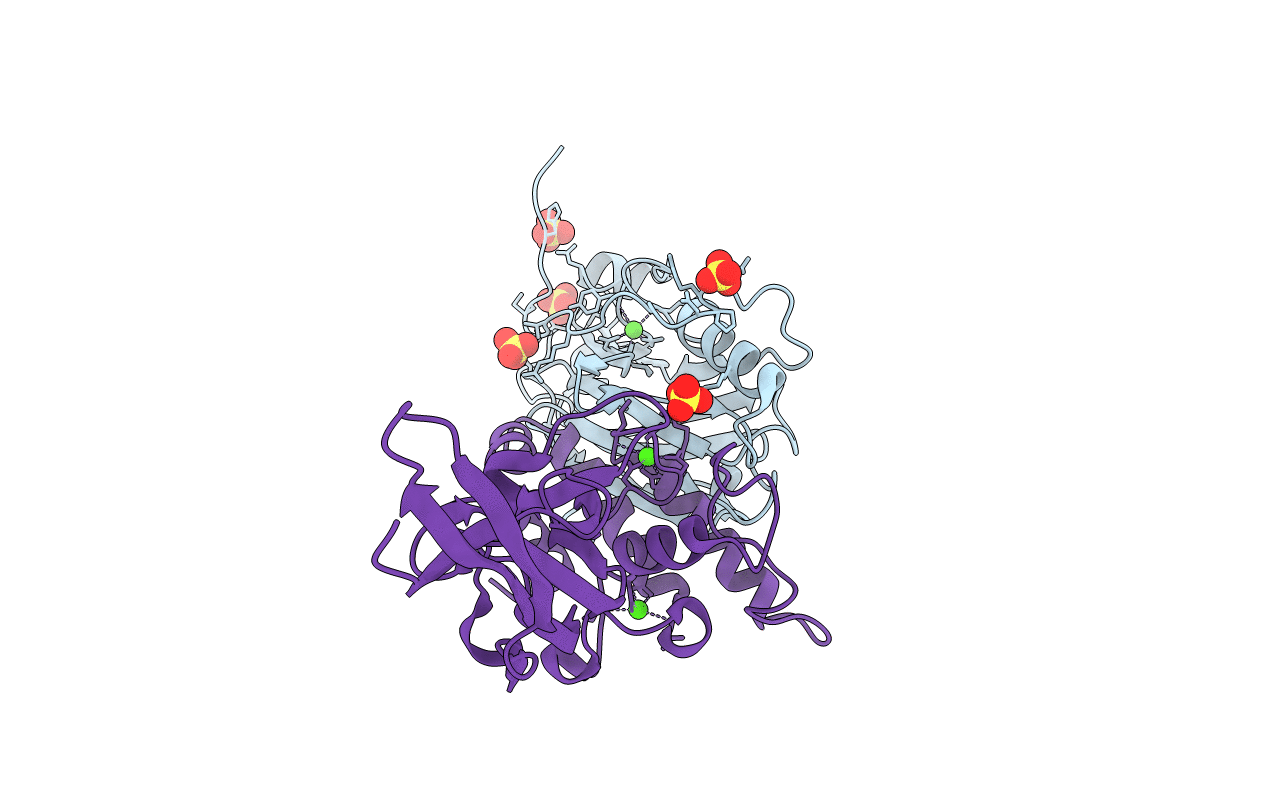
Deposition Date
2013-01-19
Release Date
2013-04-24
Last Version Date
2024-02-28
Entry Detail
PDB ID:
4IU3
Keywords:
Title:
Cohesin-dockerin -X domain complex from Ruminococcus flavefacience
Biological Source:
Source Organism:
Ruminococcus flavefaciens (Taxon ID: 1265)
Host Organism:
Method Details:
Experimental Method:
Resolution:
1.97 Å
R-Value Free:
0.20
R-Value Work:
0.17
R-Value Observed:
0.17
Space Group:
P 43 21 2


